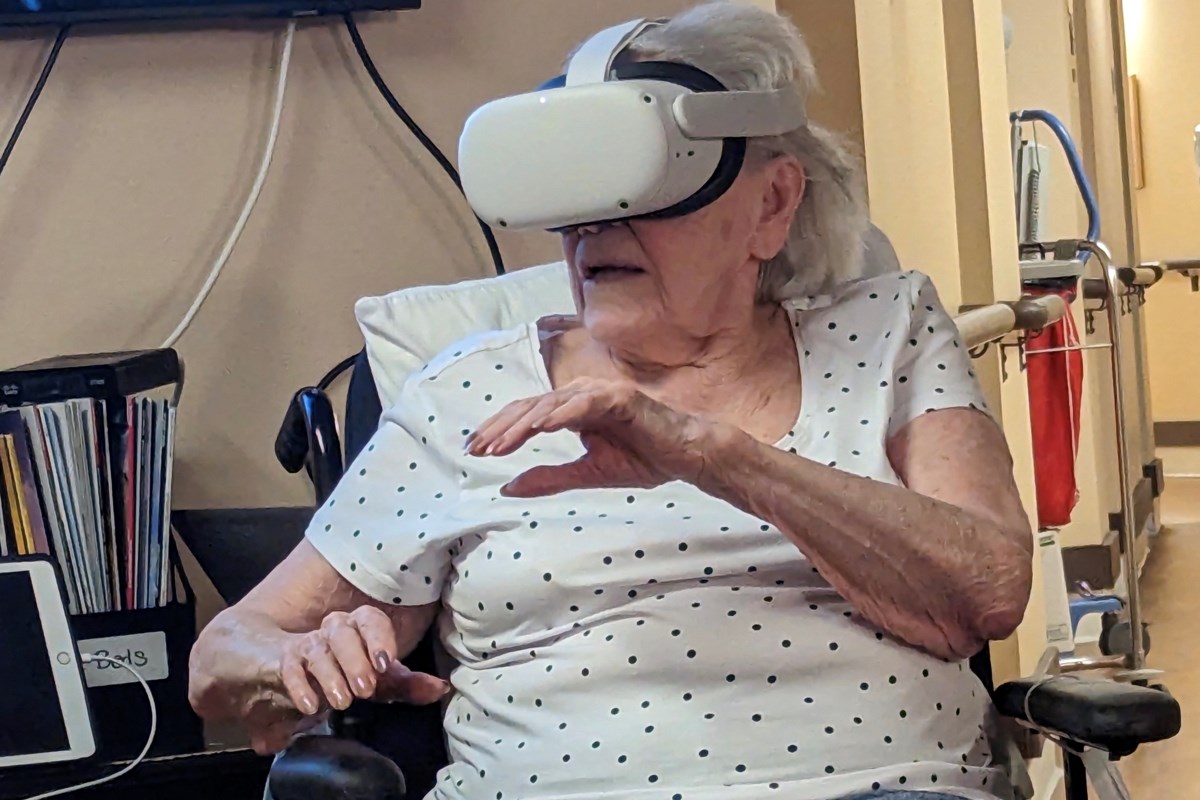The invisible plant technology of the prehistoric Philippines

Fiber technology at Tabon Cave, 39-33 000 years ago. An artistic view based on the latest archaeological data. Drawing by Carole Cheval-Art’chéograph. Made for the exhibition “Trajectories and Movements of the Philippine Identity” curated by Hermine Xhauflair and Eunice Averion. Scientific advising: Hermine Xhauflair. Credit: Carole Cheval – Art’chéograph, Xhauflair & Averion, CC-BY 4.0 (creativecommons.org/licenses/by/4.0/)
Stone tools bear microscopic evidence of ancient plant technology, according to a study published June 30, 2023 in the open-access journal PLOS ONE by Hermine Xhauflair of the University of the Philippines Diliman and colleagues.
Prehistoric communities likely made extensive use of plant materials for textiles and cordages, taking advantage of the flexibility and resistance of plant fibers just like modern communities do. However, plant-based materials such as baskets and ropes are rarely preserved in the archaeological record, especially in the tropics, so prehistoric plant technology is often rendered invisible to modern science. In Southeast Asia, the oldest artifacts made of plant fibers are around 8,000 years old. In this study, Xhauflair and colleagues identify indirect evidence of much older plant technology.
This evidence comes from stone tools in Tabon Cave, Palawan Philippines dating as far back as 39,000 years old. These tools exhibit microscopic damage accrued during use. Indigenous communities in this region today use tools to strip plants like bamboo and palm, turning rigid stems into supple fibers for tying or weaving. Researchers experimentally followed these plant processing techniques and found that this activity leaves a characteristic pattern of microscopic damage on stone tools. This same pattern was identified on three stone artifacts from Tabon Cave.
This is among the oldest evidence of fiber technology in Southeast Asia, highlighting the technological skills of prehistoric communities going back 39,000 years. This research also demonstrates a method for revealing otherwise hidden signs of prehistoric plant technology. Further study will shed light on how ancient these techniques are, how widespread they were in the past, and whether modern practices in this region are the result of an uninterrupted tradition.
The authors add, “This study pushes back in time the antiquity of fiber technology in Southeast Asia. It means that the Prehistoric groups who lived at Tabon Cave had the possibility to make baskets and traps, but also ropes that could be used to build houses





